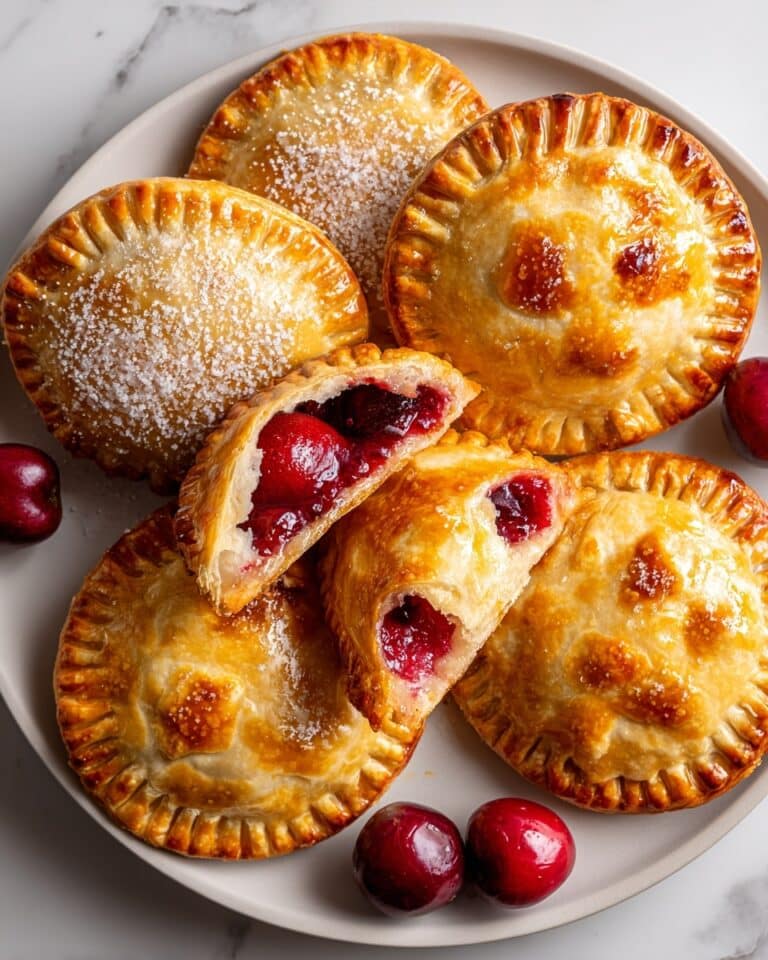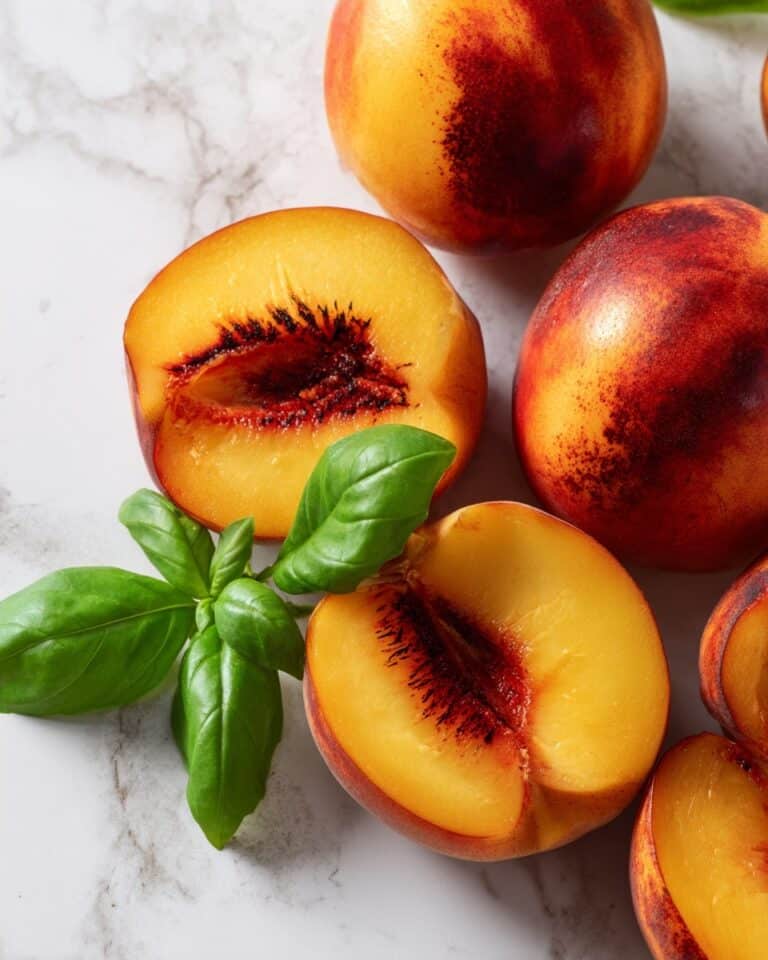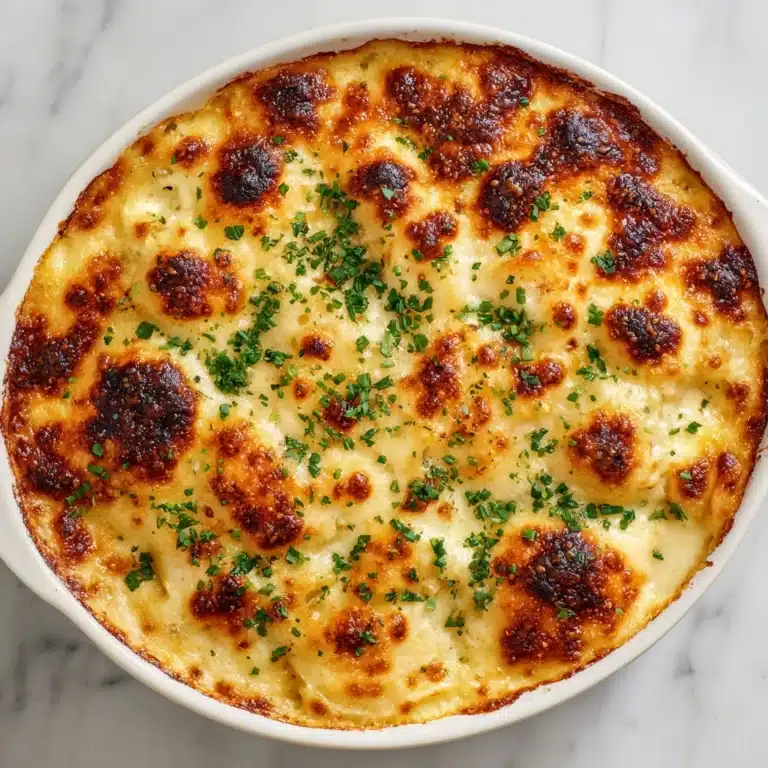Homemade White Bread Recipe
If you’ve ever dreamed of pulling warm, soft slices of bread fresh from your own oven, this Homemade White Bread Recipe is absolutely for you. With simple staple ingredients and a straightforward process, making your own bread is easier than you think, and the reward of that golden crust and tender crumb is truly unbeatable. This recipe brings that classic, comforting loaf right to your kitchen, filling your home with that irresistible aroma that feels like a warm hug from the heart.
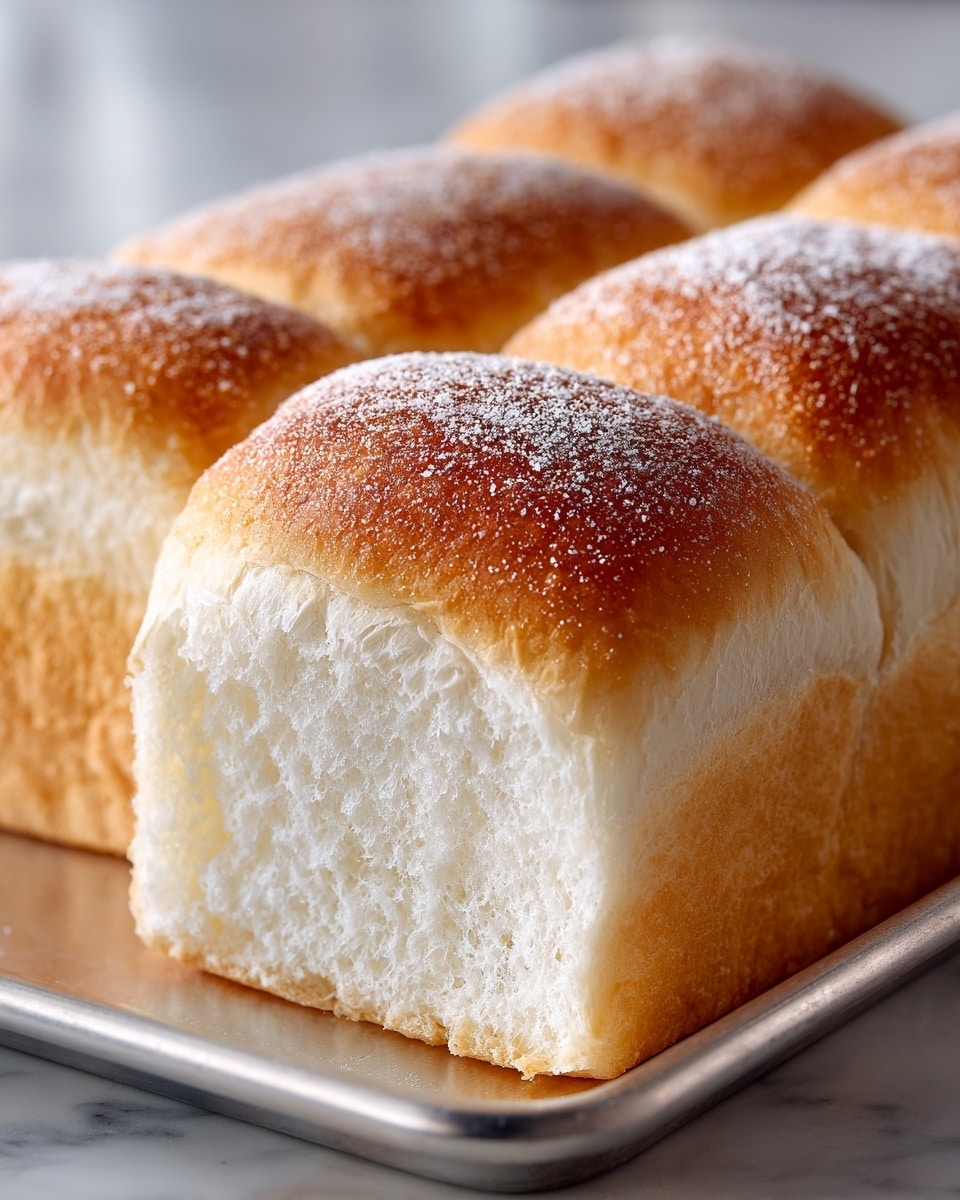
Ingredients You’ll Need
To create this delightful Homemade White Bread Recipe, you only need a handful of basic ingredients, each playing a crucial role in delivering the perfect texture and flavor. From yeast that gives the bread its rise to butter that adds just the right richness, every component is key to creating that ideal loaf.
- Warm water (110°F / 43°C): Activates the yeast and kickstarts fermentation for a good rise.
- Active dry yeast (2 ¼ teaspoons): The magic ingredient that makes your bread light and airy.
- Granulated sugar (2 tablespoons): Feeds the yeast and adds a hint of sweetness that balances flavor.
- All-purpose flour (3 cups): Forms the structure of your bread; bread flour can be used for a chewier texture.
- Salt (1 ½ teaspoons): Enhances flavor and controls yeast activity for an even rise.
- Unsalted butter (2 tablespoons, softened): Adds richness and keeps the crumb tender and moist.
- Warm milk (½ cup): Contributes to softness and a delicate crumb with a subtle sweetness.
How to Make Homemade White Bread Recipe
Step 1: Activate the Yeast
Start by combining the warm water, yeast, and sugar in a large mixing bowl. This is where the magic begins—letting the mixture sit for 5 to 10 minutes until it turns foamy shows that the yeast is alive and ready to work. This activation is crucial because it ensures your bread will have that beautiful rise and airy texture.
Step 2: Mix the Dough
Next, it’s time to add the flour, salt, softened butter, and warm milk to your yeast mixture. Stir everything together until well combined. This mixture looks a bit rough now, but just wait until you knead it! Each ingredient has an important role, from creating gluten structure to enriching the dough.
Step 3: Knead the Dough
Kneading turns this shaggy dough into a smooth, elastic ball by developing that crucial gluten network. Whether you do this by hand or with a stand mixer, knead for about 8 to 10 minutes. You’ll know it’s ready when the dough bounces back when poked and feels soft and supple.
Step 4: First Rise
Place the dough in a greased bowl, cover it with a damp cloth, and let it rise in a warm spot for about one hour until it doubles in size. This resting period allows yeast to do its work, fermenting and producing gas that inflates the dough beautifully.
Step 5: Shape & Second Rise
After the first rise, gently punch down the dough to release the built-up gas and shape it into a loaf. Pop it into a greased 9×5-inch loaf pan, cover, and let it rise a second time for 30 minutes. This final rise helps soften the dough further and perfect the loaf’s shape before baking.
Step 6: Bake the Bread
Preheat your oven to 375°F (190°C). Bake the dough for 30 to 35 minutes until the crust turns a gorgeous golden brown. When tapped, the loaf should sound hollow—a classic sign that your bread is done through to the center.
Step 7: Cool & Serve
Remove the loaf from the pan and place it on a wire rack to cool completely before slicing. Cooling prevents the bread from becoming gummy and lets the crumb set just right for perfect slices.
How to Serve Homemade White Bread Recipe
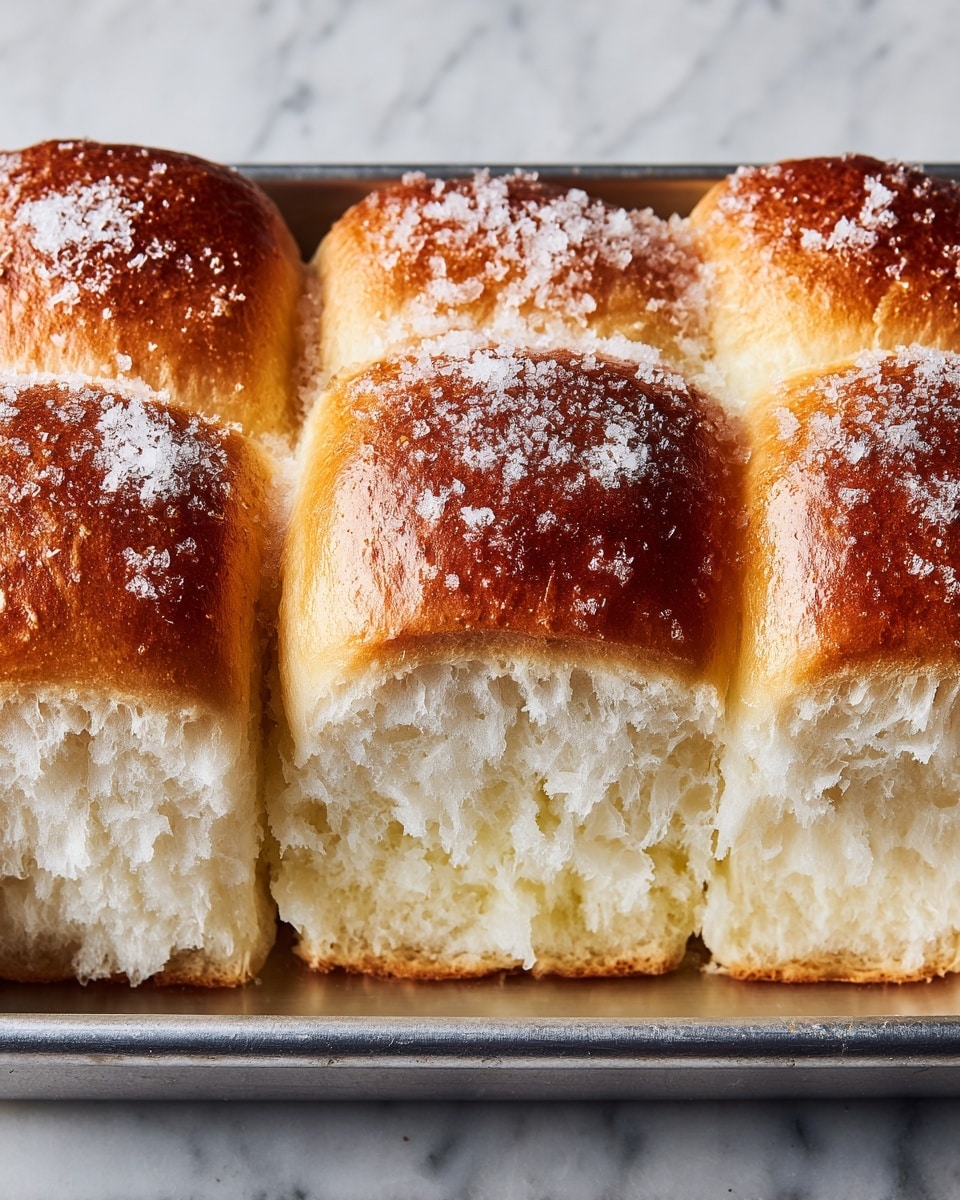
Garnishes
While the bread itself shines on its own, adding a slather of creamy butter or a drizzle of honey elevates each bite to something truly indulgent. For a savory twist, consider fresh herbs or flavored butters that complement your meal.
Side Dishes
This Homemade White Bread Recipe pairs wonderfully with hearty soups like tomato basil or creamy chicken, and also adds a satisfying texture alongside fresh salads or cheese boards. Its mild flavor and tender crumb make it incredibly versatile.
Creative Ways to Present
Transform your classic loaf into garlic bread by brushing it with butter, garlic, and parsley before toasting. Or, create elegant mini sandwiches using thick slices for brunch or picnics. Toasted slices topped with avocado or nut butter make perfect snacks, too!
Make Ahead and Storage
Storing Leftovers
Keep your homemade bread fresh by wrapping it tightly in plastic wrap or storing it in an airtight container at room temperature. It typically stays soft and delicious for about 2 to 3 days when stored properly.
Freezing
If you’ve baked more than you can eat in a few days, slice the loaf and freeze the slices individually wrapped or in a freezer bag. Freezing preserves freshness and lets you thaw only what you need, making this recipe even more convenient.
Reheating
To bring frozen or day-old bread back to life, toast it or warm it in the oven wrapped in foil at 350°F for about 10 minutes. This refreshes the texture and enhances the comforting aroma again.
FAQs
Can I use bread flour instead of all-purpose flour?
Absolutely! Bread flour has a higher protein content, which can give your bread a chewier texture and better rise. Feel free to swap it in for a slightly different but delicious result.
My dough didn’t rise, what went wrong?
Most often, this happens if the water was too hot or too cold, killing or failing to activate the yeast. Make sure your water is warm to the touch (around 110°F) and that your yeast is fresh.
Can I make this bread without a stand mixer?
Definitely. Kneading by hand is traditional and simply requires a bit more elbow grease. It can be quite therapeutic and connects you more with the bread-making process!
Is it necessary to let the dough rise twice?
The two rises develop flavor and improve the bread’s texture. The first allows the yeast to produce gas for the initial puffiness, while the second rise refines the loaf’s shape and softness.
How can I make the crust softer?
For a softer crust, brush the loaf with melted butter right after it comes out of the oven. Covering the bread with a clean kitchen towel while it cools can also help retain moisture.
Final Thoughts
Baking bread at home is such a rewarding experience, especially with a straightforward recipe like this Homemade White Bread Recipe. Once you taste that fresh-baked, pillowy slice with a golden crust, you’ll know it’s worth every minute. So grab your ingredients, warm up the oven, and enjoy every step of making bread that fills your home and your heart.
Print
Homemade White Bread Recipe
- Total Time: 2 hours 20 minutes
- Yield: 1 loaf (approximately 12 slices) 1x
Description
This homemade white bread recipe yields a soft, tender loaf with a golden crust and a fluffy interior. Made with simple pantry ingredients like flour, yeast, sugar, and milk, this classic bread is perfect for sandwiches, toast, or enjoying fresh from the oven.
Ingredients
Liquid Ingredients
- 1 cup warm water (110°F / 43°C)
- ½ cup warm milk
Dry Ingredients
- 2 ¼ teaspoons active dry yeast (1 packet)
- 2 tablespoons granulated sugar
- 3 cups all-purpose flour (or bread flour)
- 1 ½ teaspoons salt
Others
- 2 tablespoons unsalted butter, softened
Instructions
- Activate the Yeast: In a large mixing bowl, combine warm water, active dry yeast, and sugar. Let the mixture sit for 5 to 10 minutes until it becomes foamy, indicating the yeast is properly proofed and active.
- Mix the Dough: Add the flour, salt, softened butter, and warm milk to the activated yeast mixture. Stir the ingredients together until they form a rough dough.
- Knead the Dough: Knead the dough either by hand or with a stand mixer for 8 to 10 minutes until it becomes smooth, elastic, and slightly tacky but not sticky.
- First Rise: Place the dough ball into a greased bowl, cover it with a damp cloth or plastic wrap, and let it rise in a warm place for about 1 hour or until it doubles in size.
- Shape & Second Rise: Punch down the risen dough to release air, then shape it into a loaf. Place the shaped dough into a greased 9×5-inch loaf pan and allow it to rise again for 30 minutes until puffed.
- Bake the Bread: Preheat your oven to 375°F (190°C). Bake the loaf for 30 to 35 minutes until the crust turns golden brown and the loaf sounds hollow when tapped.
- Cool & Serve: Remove the bread from the pan and transfer to a wire rack to cool completely before slicing to ensure the best texture and crumb.
Notes
- Make sure the water and milk are warm but not hot to avoid killing the yeast.
- Use bread flour for a chewier texture or all-purpose flour for a softer, more tender loaf.
- The dough can be kneaded by hand or with a mixer fitted with a dough hook.
- For an extra shiny crust, brush the loaf with melted butter immediately after baking.
- Store leftover bread in an airtight container at room temperature for up to 3 days or freeze for longer storage.
- Prep Time: 20 minutes
- Cook Time: 35 minutes
- Category: Bread
- Method: Baking
- Cuisine: American
